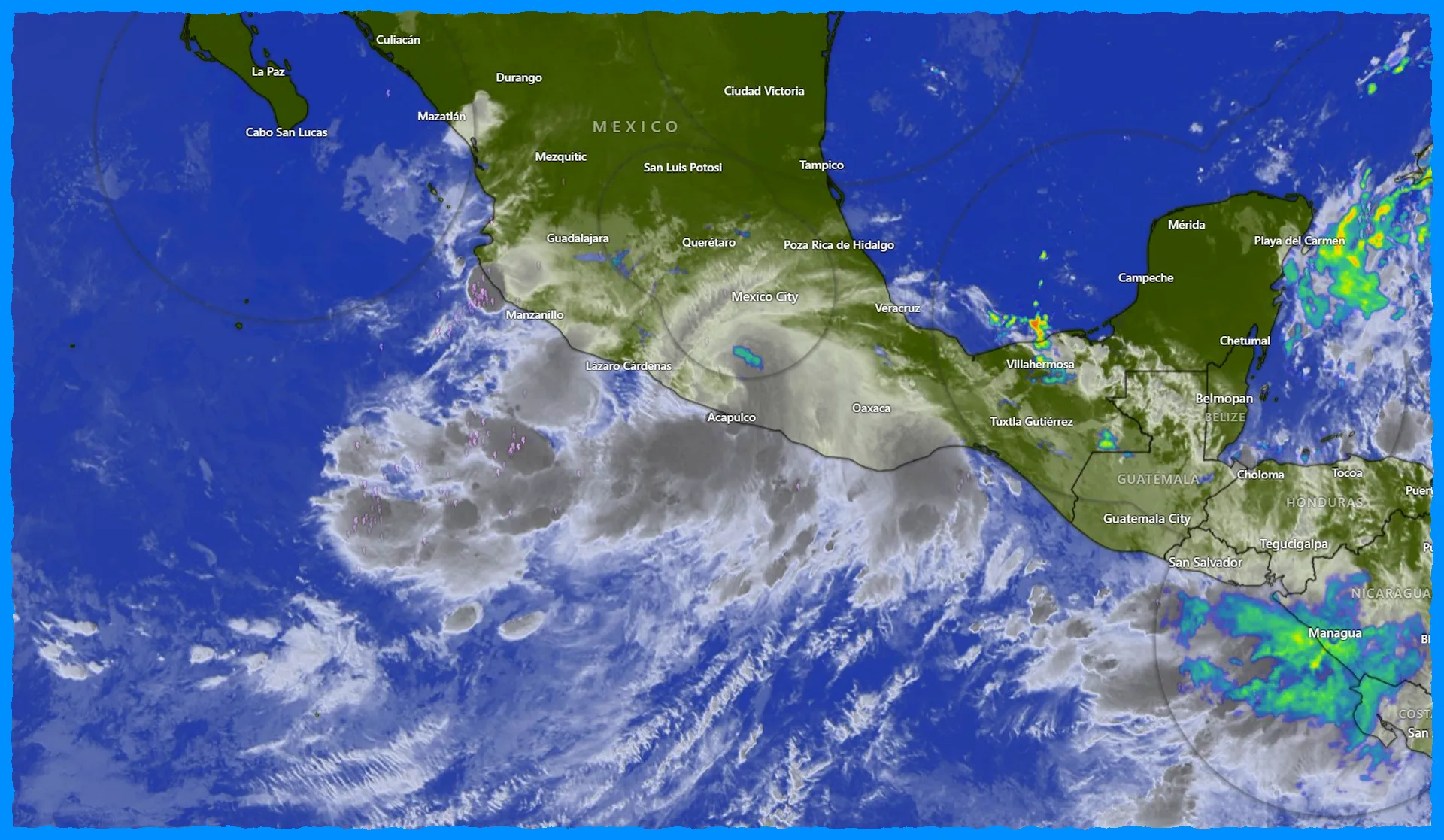
Hurricane John Devastates Acapulco, Mexico
The resilient tourism hubs of Acapulco and Puerto Escondido on Mexico's southern Pacific coast have been caught off guard by the rapid intensification of Hurricane John. What was initially a tropical storm quickly escalated into a major Category 3 hurricane, making landfall near Punta Maldonado late Monday night with maximum sustained winds of 120 mph.
The sudden surge in strength of Hurricane John has taken scientists, authorities, and local residents by surprise, a phenomenon that experts attribute to the impacts of climate change. Warmer ocean temperatures are providing fuel for hurricanes to rapidly intensify, a trend that has become increasingly common in recent years.
By early Tuesday, Hurricane John had weakened slightly to a Category 2 storm with 100 mph winds, but the damage had already been done. The National Hurricane Center warned of life-threatening storm surges and flash floods ravaging the Pacific coast near the state of Oaxaca.
Residents in the affected areas were tense as the forecast shifted and authorities scrambled to respond. Laura Velázquez, the federal coordinator of civil protection, called on coastal residents to evacuate their homes and seek shelter in order to "protect theirs and their family's lives." Schools were suspended, and the governments of Guerrero and Oaxaca states reported that they had evacuated 3,000 people and set up 80 shelters.
Videos on social media from Puerto Escondido showed tourists braving the heavy rain and fishermen pulling their boats out of the water. The region had already been dealing with precarious road conditions due to heavy rainfall in previous days, further complicating the emergency response.
The rapid intensification of Hurricane John is a sobering reminder of the growing threat posed by climate change. As ocean temperatures continue to rise, the potential for such sudden and devastating storm surges is only expected to increase. Authorities and residents alike will need to be better prepared to mitigate the effects of these increasingly common natural disasters.
In the aftermath of Hurricane John's landfall, the focus will be on rescue, recovery, and rebuilding the affected communities. The resilience and determination of the Mexican people will be put to the test, as they work to recover from this latest blow to their thriving tourism industry. While the material damage can be repaired, the human toll of such events is far more difficult to measure, and the long-term impacts on the region's economy and way of life cannot be overstated.
As the world continues to grapple with the effects of climate change, stories like that of Hurricane John's devastation of Acapulco and Puerto Escondido serve as a stark warning of the challenges that lie ahead. It is incumbent upon global leaders and policymakers to take decisive action to address the root causes of these climate-fueled disasters, and to work tirelessly to support the communities that bear the brunt of their impact.